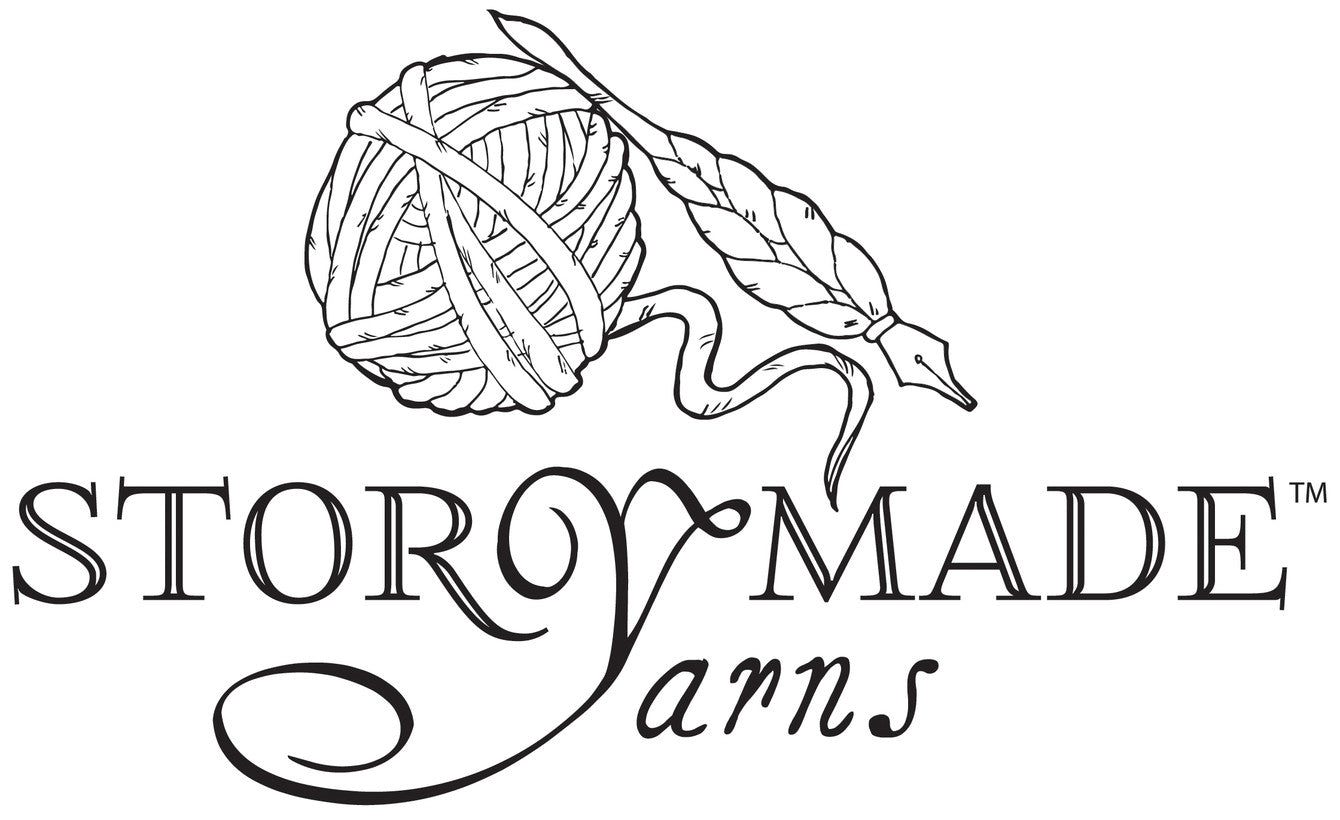Our May guest speaker was our very own Alexis, who shared helpful tips and information about successfully substituting yarn in a project. Do you ALWAYS use the yarn the pattern calls for? I'm guessing probably not. I know I don't. Sometimes the yarn is unavailable in your area, it's discontinued, or you simply found another yarn you'd rather use. Cool. That's fine. Alexis gave us the tools and knowledge to help us chose an alternate yarn for a pattern without the whole project turning into a disaster.
Get ready for it....GAUGE! Of course this discussion is going to start with talking about gauge. You can't avoid it, I'm afraid. And if you want to advance your skill as a knitter, it's something you need to embrace.
When considering YOUR gauge for a particular yarn and pattern, keep in mind that this is very individual, and affected by many factors. Your needle size is the easy one to change around to adjust the number of stitches per inch, go up or down a needle size or two to change your gauge. D'uh. But don't forget that your tension affects your gauge (relax!), as does the material of your knitting needles (bamboo vs. metal), and the fibre content of the yarn you're using (more on that later).
Before choosing a yarn to substitute, assess your pattern. What is the required "bounce" factor of your finished piece? Will the weight of the garment affect your yarn choice? Wool wants to bounce back and it has memory to hold its shape, while cellulose as ZERO elasticity. Are you working with a blend? How much of the fibre is non-elastic?
To add another level to the consideration, ask WHY a pattern calls for a particular fibre. Substituting 100% cotton for a garment pattern that calls for wool is an...interesting choice. Do you want to go against that recommendation?
Alexis broke down substitutions into two levels:
Level 1 - match all the features of the called-for yarn, ie. untreated BFL for untreated BFL, superwash for superwash.
Level 2 - change the protein fibre blend, ie. wool vs. alpaca vs. blends. Swapping your yarn for a blend with a non-elastic component will affect the 'grow' of the piece, which translates to your row gauge.
The other factor to consider before substituting yarn is the construction of the yarn. How is it spun/plied? Worsted spun yarn is more common, but woolen spun is making a comeback. The way the yarn is spun will affect the yardage, as airier, lofter spun yarns fill out the yardage. Don't rely on the weight terms you see on the label. Yarns designated as 'worsted weight' span a large spectrum, so this is not the only factor you should look at when comparing yarns.
So you've poured over all of the details of your yarn-to-be, you're familiar with the fibre content, you've analyzed the yarn construction, you've considered your gauge - now what? Consider your ratios, the number of yards or meters compared to the weight of the ball of yarn. When a yarn labeled 'worsted weight' doesn't line up with what you expect, be a yarn detective and ask yourself WHY it is different from what you expect.
Alexis showed some great resources during her talk, including a Yarn Substitutions Cheat Sheet which will be shared with Yarn Club members.
Best of luck in your yarn substitutions!
Happy knitting,
Victoria
